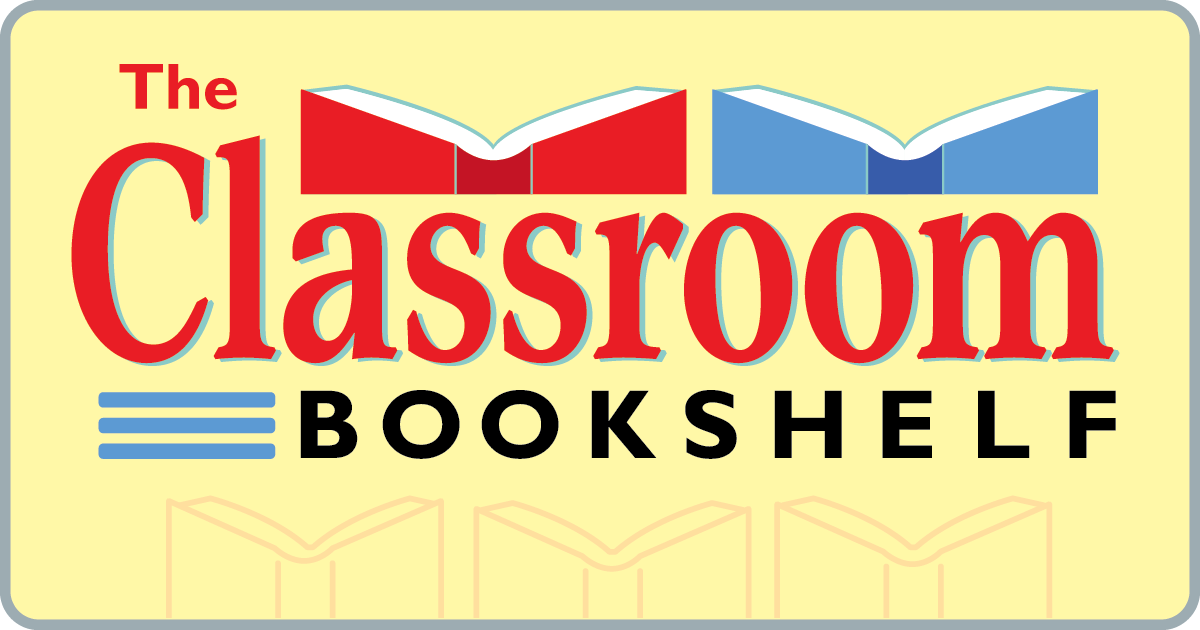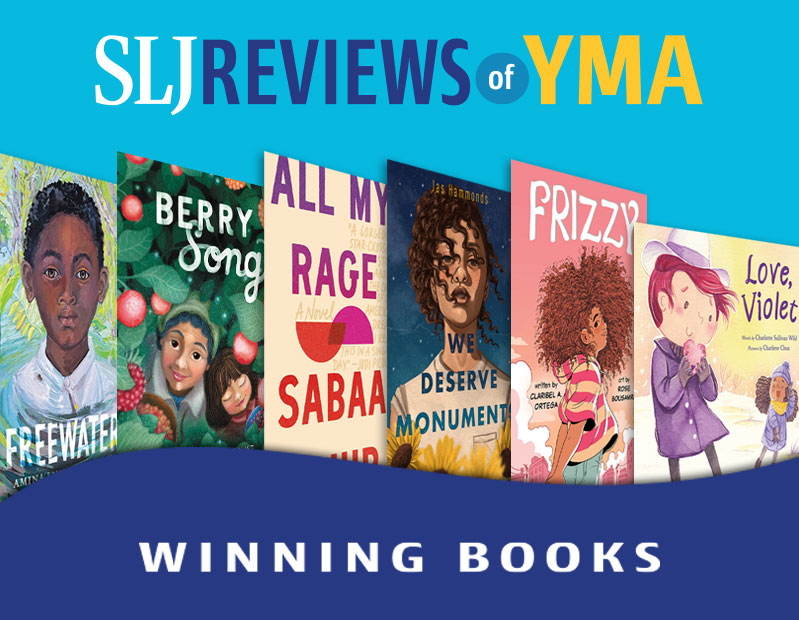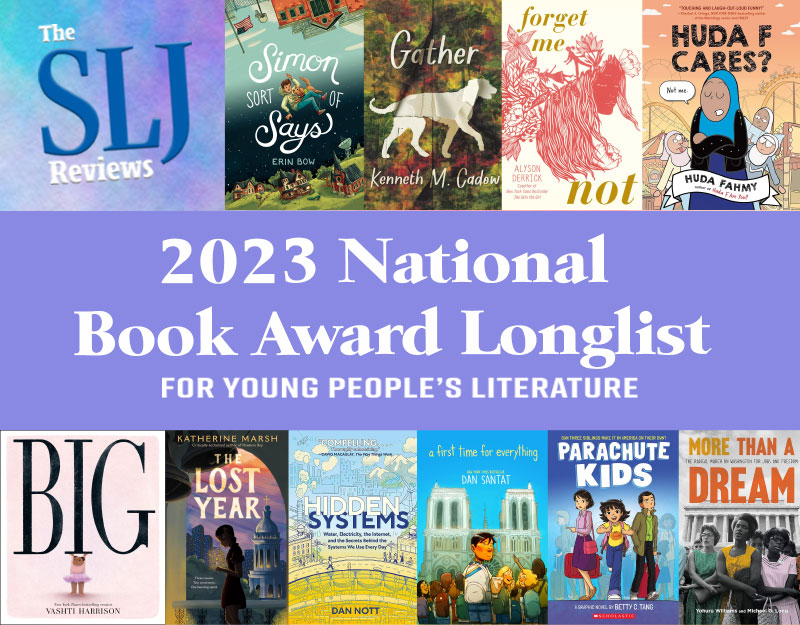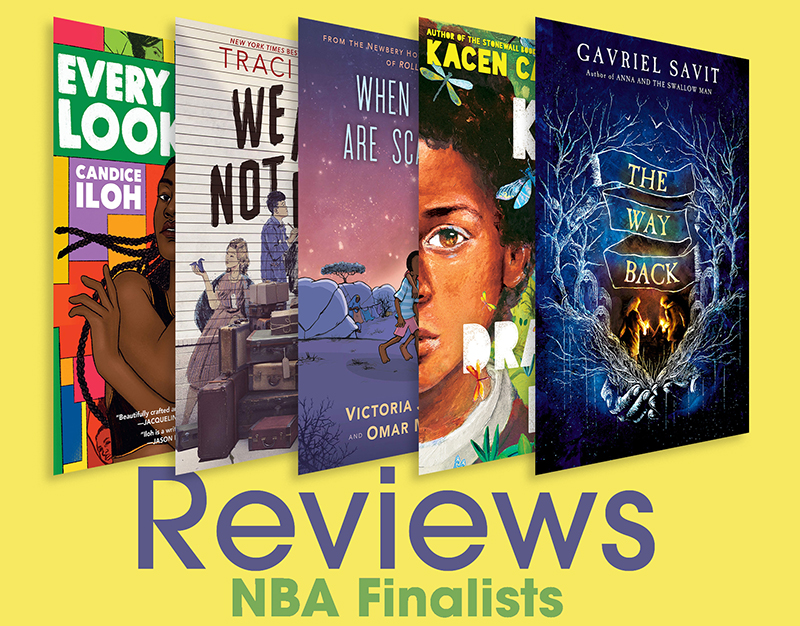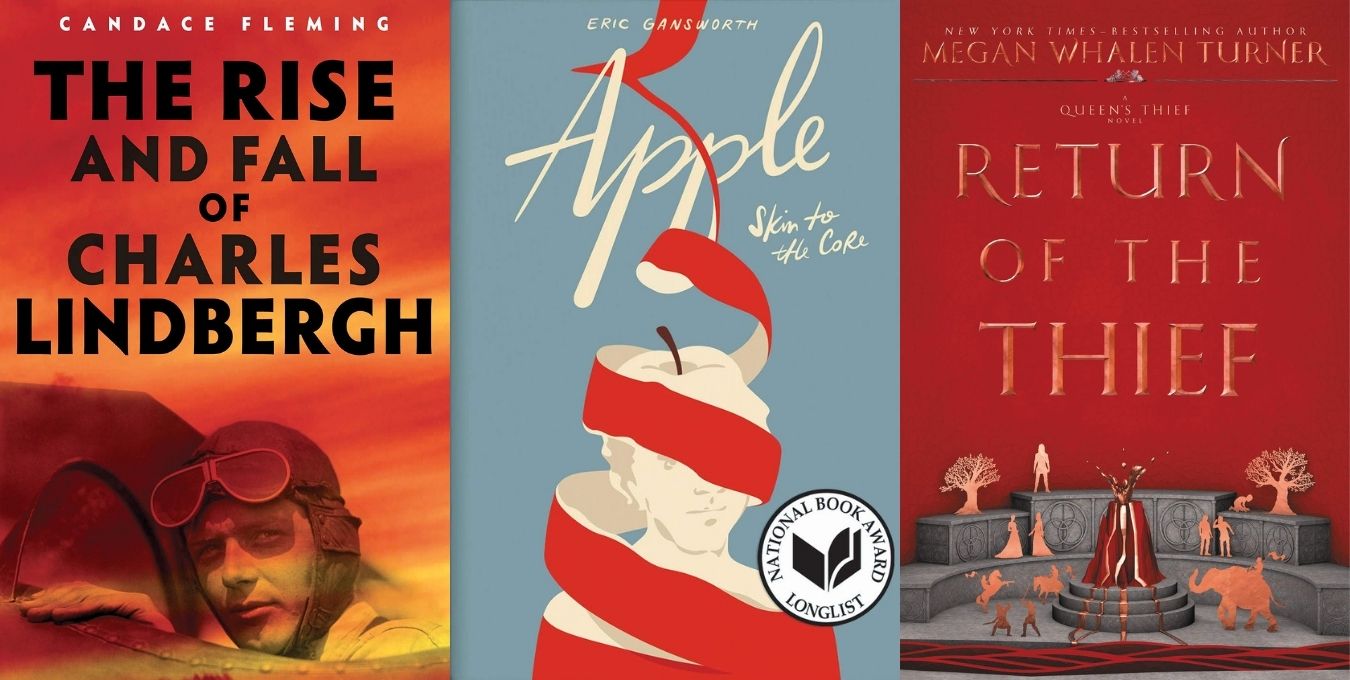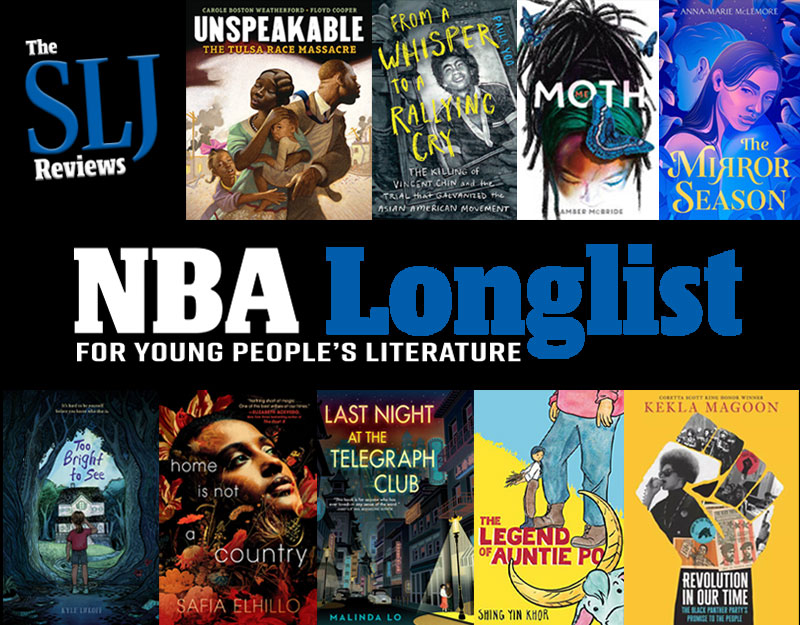Poem Runs
- Author-Illustrator Study. As part of your celebration of Poetry Month, explore Douglas Florian’s body of picture book poetry collections. What are some of the similarities and differences between his collections? What subjects are covered? How does he use similes and metaphors across his body of work? What do your students find most appealing? You may want to explore the first entry in “The Classroom Bookshelf,” which featured Florian’s 2010 Poetrees (http://classroombookshelf.blogspot.com/2010/10/poetrees.html) .
- Reading Buddies and Poetry Month. Have your older elementary students read aloud some of Florian’s picture book poetry collections with their primary grade reading buddies. Have them take notes on their reading buddies’ reactions to his work, and then compare and contrast with one another. What is Florian’s appeal with younger audiences? As a component of this exercise, you might want to have the older students work with their reading buddies in jointly authoring and illustrating poems in Florian’s style, complete with brown paper bag and mixed media art.
- Concrete Poems. Have your students write concrete poems or portions of poems, such as the concrete lines that Florian uses in several of the poems in this collection, such as when the sinker ball plummets and the riser climbs in “Pitcher,” or when the shortstop leaps for flies in “Short Stop.” You can create a class book of poems on a single topic, such as Florian’s collections, or students can simply write their own individual poems to keep in a poetry portfolio.
- Visual Metaphors. At several times in the collection, Florian’s illustration is a concrete visual example of the metaphor he uses within the poem the illustration accompanies. For example, in “Second Baseman,” he cautions that the position should not be considered “second fiddle,” while illustrating a second baseman (or basegirl) diving for a ball while playing a fiddle. What impact does the visual have on drawing the reader’s attention to the metaphor? How does it help children understand what the metaphor is trying to say? To better understand the role of metaphors, have students write and illustrate their own original poems, in which they illustrate a metaphor they use within the poem. If this is difficult for your students, perhaps start with a list of metaphors you create as a class on a particular topic or topics of interest, and allow students to scaffold one of those into original poems and illustrations.
- Repetition. Have students practice repetition as a poetry writing technique. Using the poem “A Baseball” as mentor text, have students write about an object important to them and what they use it for. Have them model their writing on Florian’s, using a verb and the word it on each line. Make sure to read the poems aloud in class as they draft and revise them, so that students can hear the repetition. What impact does repetition have in Florian’s poem? In their own?
- “Casey at the Bat.” What exploration of baseball and poetry would be complete without a revisit to “Casey at the Bat,” perhaps the most famous baseball poem in America? Sometimes, comparing and contrasting illustrated versions of the same poem is a simple way of scaffolding for students an understanding of how different readers can read the same poem. The various ways that illustrators have chosen to illustrate a poem reveals a great deal about what each individual illustrator thinks the poem is about. Have students look at the two well-reviewed picture book versions of the poem listed in Further Explorations below, as well as other older picture book versions that you can find at your local and school library. After students read through several in small groups, have them focus in on a particular set of lines in the poem, to do a close analysis of how that line is illustrated differently in each of the picture book versions.
- Researched Poetry Collections. If you’re interested in having students write researched poem, or multi-genre work in response to research they are conducting, have students research one of the following baseball-related topics: baseball fields and stadiums; famous players; famous seasons; the Negro Leagues; the All-American Girls League during World War II; or, your local team and its history in your community. Explore the variety of print and digital resources listed below to support this research. You can create a single class book in print or digital format that features the researched poems, or students can generate their own volumes in print or digital format. Multimedia podcasts are also an exciting way for students to share their work.
- A nonfiction picture book for middle grade reader’s on the history of baseball through the lens of baseball parks and stadiums around the nation.
- Readers witness a year of baseball, from the anticipation of the spring season in February and “snow baseball,” through the season and beyond.
- Canonical baseball poems, such as “Casey at the Bat,” are published side-by-side with original works in this illustrated collection.
- A collection of poems about the intricacies of the game of baseball.
- Nash’s poems, originally published in 1949 by Sport magazine, find new life in picture book format. Nash’s daughter provides additional information on the baseball greats featured in the poems.
- A collection of short stories that center on baseball, ideal for grades 5-8, from some of children’s favorite writers.
- A middle grade history of the Negro Leagues in oversized picture book format, a stunning work of art and ALA Sibert Award winner.
- This picture book captures a young team practicing with amazing attention, verbally and visually, to the moves each player makes.
- Prelutsky and Raschka team up for a collection of poems and illustrations from the points-of-view of young athletes trying a variety of sports.
- The famous poem set to original illustrations, ripe for comparison and contrast with earlier versions.
- The famous poem set to original illustrations, ripe for comparison and contrast with earlier versions.
Filed under: Nonfiction Picture Books, Picture Books, Poetry
About Mary Ann Cappiello
Mary Ann is a professor of language and literacy at Lesley University. A former public school language arts and humanities teacher, she is a passionate advocate for and commentator on children’s books. Mary Ann is the co-author of Teaching with Text Sets (2013) and Teaching to Complexity (2015) and Text Sets in Action: Pathways Through Content Area Literacy (Stenhouse, 2021). She has been a guest on public radio and a consultant to public television. From 2015-2018, Mary Ann was a member of the National Council of Teachers of English's Orbis Pictus Award for Outstanding Nonfiction (K-8) Committee, serving two years as chair.
ADVERTISEMENT
ADVERTISEMENT
SLJ Blog Network
The Moral Dilemma of THE MONSTER AT THE END OF THIS BOOK
Cover Reveal and Q&A: The One and Only Googoosh with Azadeh Westergaard
K is in Trouble | Review
Fighting Public School Book Bans with the Civil Rights Act
ADVERTISEMENT

